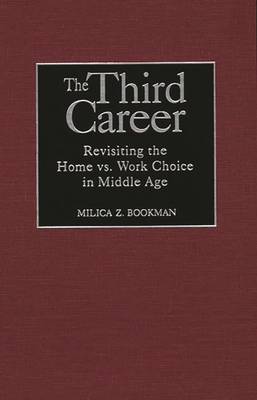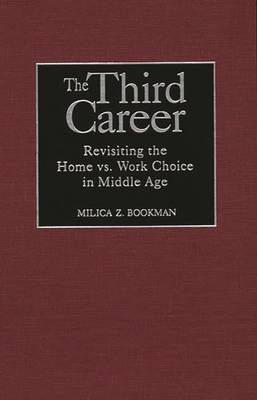
- Retrait gratuit dans votre magasin Club
- 7.000.000 titres dans notre catalogue
- Payer en toute sécurité
- Toujours un magasin près de chez vous
- Retrait gratuit dans votre magasin Club
- 7.000.0000 titres dans notre catalogue
- Payer en toute sécurité
- Toujours un magasin près de chez vous
The Third Career
Revisiting the Home vs. Work Choice in Middle Age
Milica Zarkovic BookmanDescription
Bookman takes a detailed look at the goals and motivations of high-income middle-aged women who want to enter the labor force after having spent most of their adult lives tending their homes, raising children, and volunteering in the community. The book examines the supply of their labor, their incentives, their motivations, and the fears they face as they evaluate their future options. Bookman also discusses the demand for their skills by reviewing the opportunities available to them in the labor market and detailing what they can realistically aspire to and what obstacles they are likely to encounter. By describing the changes in the workplace that are likely to affect middle-aged women, the book offers a compelling labor market study with regard to this unique group of workers.
Bookman makes four major contributions to the literature on women's studies issues in her book. First, she focuses on middle age by addressing the needs and concerns of this booming age bracket. Second, she introduces the concept of the Third Career, in which women want to be employed but not in a demanding or stressful career. Instead, they prefer part-time work or work with greater flexibility, and they are willing to sacrifice income in order to achieve these objectives. Third, the book uses the concepts of shadow skills and human capital to describe the demand for middle-aged female labor. Finally, the book analyzes the possible economic losses and gains to society when middle-aged women enter the labor force, concluding that the net contribution to the economy is positive.Spécifications
Parties prenantes
- Auteur(s) :
- Editeur:
Contenu
- Nombre de pages :
- 240
- Langue:
- Anglais
Caractéristiques
- EAN:
- 9780275968113
- Date de parution :
- 30-03-00
- Format:
- Livre relié
- Format numérique:
- Genaaid
- Dimensions :
- 164 mm x 242 mm
- Poids :
- 544 g

Les avis
Nous publions uniquement les avis qui respectent les conditions requises. Consultez nos conditions pour les avis.






